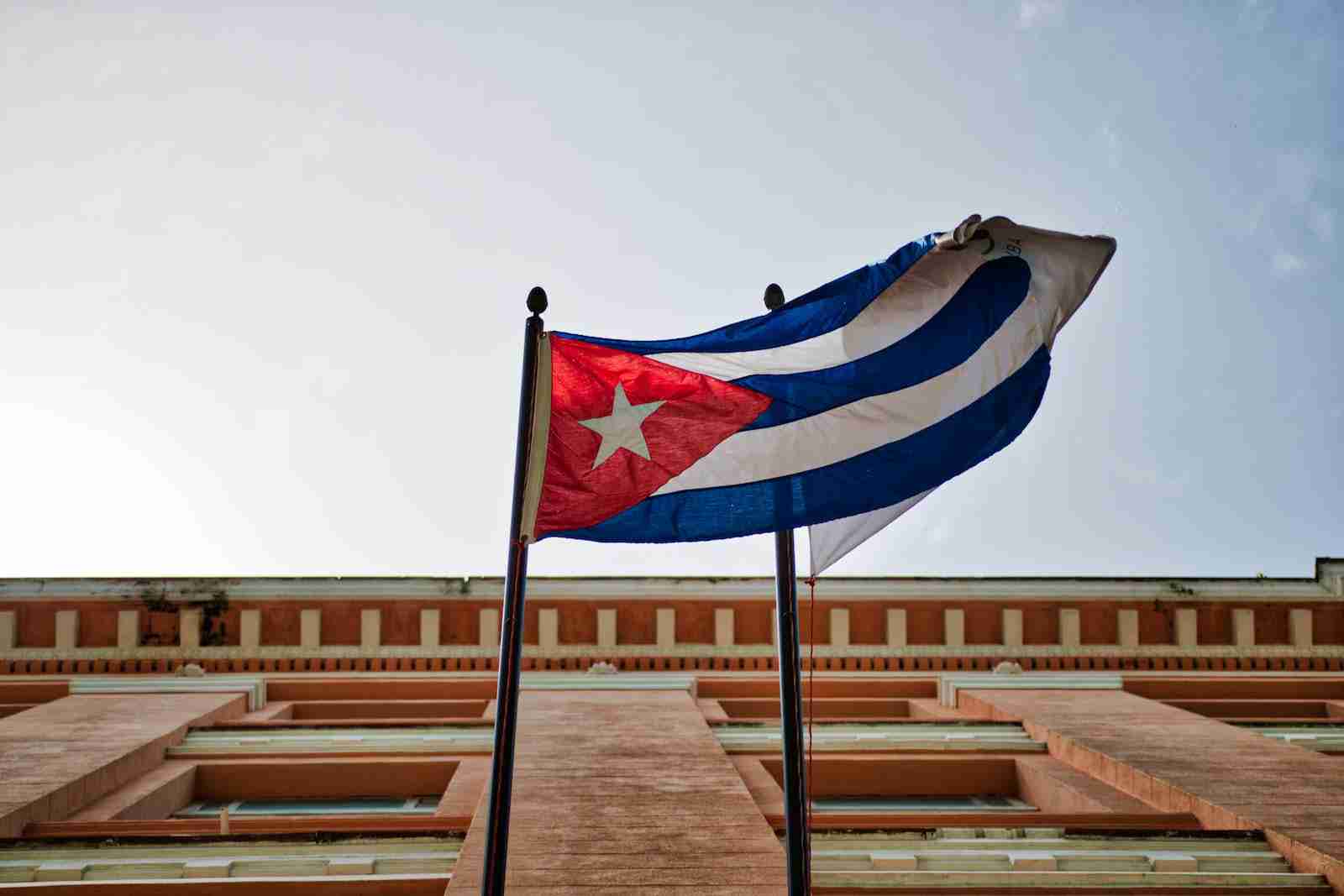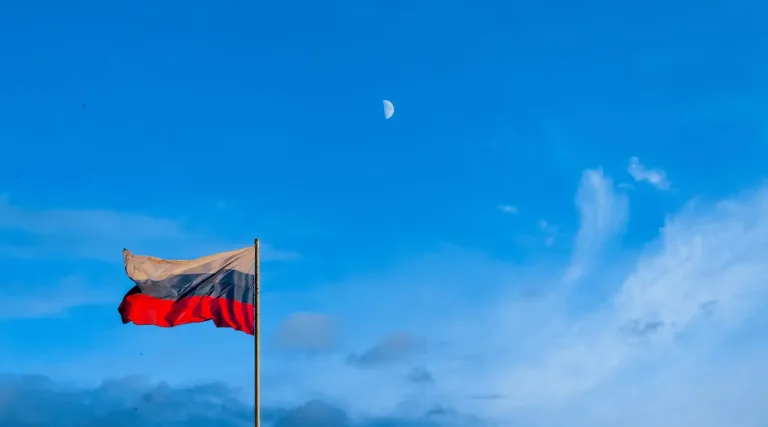25 Fun Facts About Cuba | Beyond The Beaches
1. Cuba is the largest island in the Caribbean.
Cuba is the largest island in the Caribbean, with a land area of 109,884 square kilometers. It’s known for its rich culture, beautiful beaches, and historical significance.
The island’s size and diverse landscapes make it a unique destination in the Caribbean.
2. Havana is the capital city of Cuba.
Havana, the capital of Cuba, is famous for its vibrant culture, colorful buildings, and vintage cars. Founded in 1519 by the Spanish, it’s one of the oldest cities in the Western Hemisphere.
The city’s rich history is evident in its stunning colonial architecture and historic fortifications.
3. Cuba has nine UNESCO World Heritage Sites.
Cuba is home to nine UNESCO World Heritage Sites, including Old Havana, Trinidad, and the Vinales Valley. These sites are recognized for their historical, cultural, or natural significance.
They attract tourists from all over the world, eager to explore Cuba’s heritage and natural beauty.
4. The Cuban Missile Crisis occurred in 1962.
The Cuban Missile Crisis in 1962 was a major Cold War confrontation between the United States and the Soviet Union. It was triggered by the Soviet installation of nuclear missiles in Cuba, just 90 miles from the U.S. coast.
This event brought the world close to nuclear warfare but ended with a negotiated removal of the missiles.
5. Cuba’s literacy rate is among the highest in the world.
Following the Cuban Revolution, a major literacy campaign was launched in 1961. This campaign significantly increased Cuba’s literacy rate, which is now among the highest in the world, at around 99.8%.
The country places a strong emphasis on education and literacy.
6. Cuba is known for its classic American cars.
In Cuba, classic American cars from the 1950s are a common sight on the streets. These cars, often brightly colored, have become a symbol of Cuban culture and resilience.
Due to import restrictions, Cubans have ingeniously maintained these vintage vehicles for decades.
7. The Cuban sandwich originated in Florida, not Cuba.
Contrary to popular belief, the Cuban sandwich as we know it today was created in Florida. It was developed by Cuban immigrants in Key West and Ybor City, Tampa.
This sandwich has become an iconic representation of Cuban-American cuisine.
8. The national animal of Cuba is the Cuban Trogon.
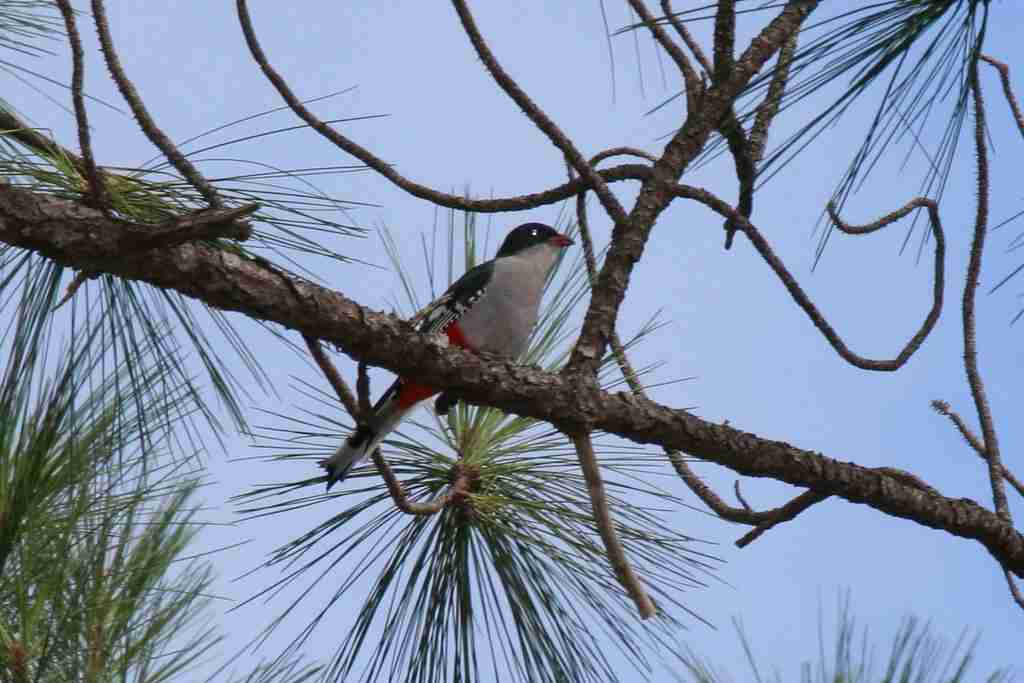
🦜 National pride: Cuba’s animal symbol is the Cuban Trogon! 🦜
The Cuban Trogon or Tocororo is the national bird of Cuba and is endemic to the island. Its feathers display the colors of the Cuban flag: red, white, and blue.
This bird is highly valued in Cuba for its beautiful plumage and symbolic significance.
9. Cuba has a unique healthcare system.
Cuba is renowned for its universal health care system, which is free for all citizens. The country has a high ratio of doctors to population, one of the highest in the world.
Cuban medical training and research are also highly regarded internationally.
10. Tobacco and sugar are major exports of Cuba.
Cuba is famous for its high-quality tobacco, used to make some of the world’s best cigars. Sugar has also been a major export for centuries, playing a crucial role in Cuba’s economy.
These commodities are integral to Cuba’s agricultural sector and international trade.
11. Ernest Hemingway had a famous residence in Cuba.
Ernest Hemingway, the Nobel Prize-winning author, lived in Cuba for over 20 years. His residence, Finca Vigia, is now a museum dedicated to his life and work.
Hemingway wrote some of his famous works, including “The Old Man and the Sea,” while living in Cuba.
12. Cuba has a dual currency system.
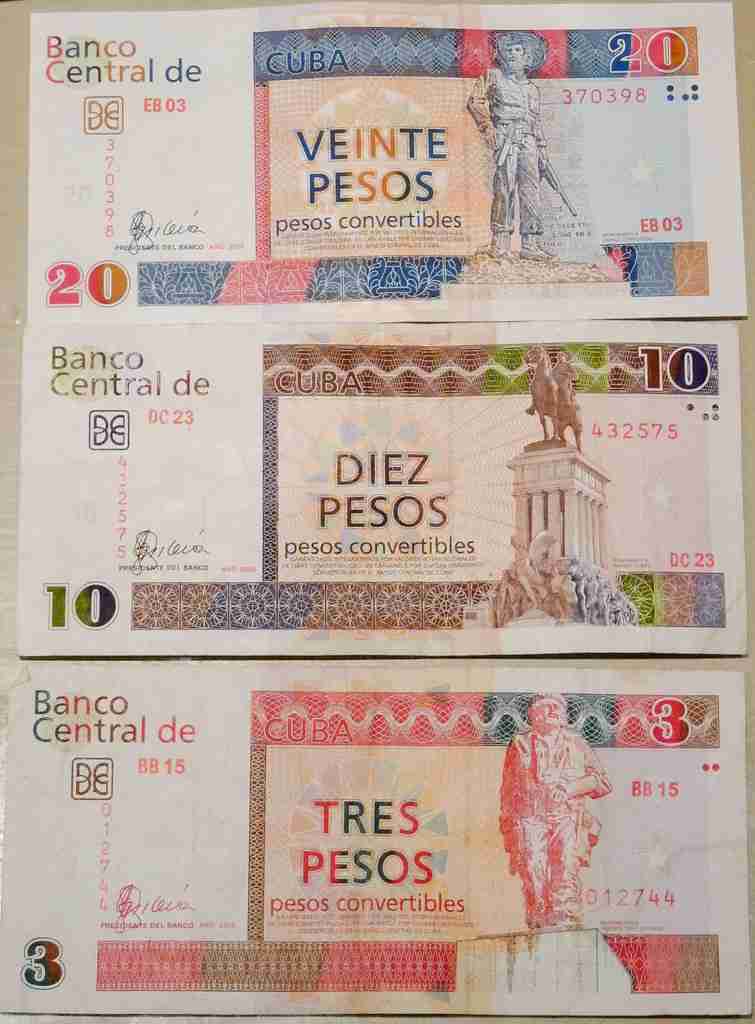
For many years, Cuba operated with a dual currency system: the Cuban Peso (CUP) and the Convertible Peso (CUC). This system was unique and often confusing for visitors.
However, in recent years, the government has moved towards unifying these currencies.
13. The Tropicana Club in Havana is world-renowned.
The Tropicana Club in Havana is one of the most famous cabaret nightclubs in the world. Opened in 1939, it became known for its extravagant shows and celebrity guests.
Today, the Tropicana continues to be a popular attraction, showcasing traditional Cuban music and dance.
14. Cuba’s Viñales Valley is known for its stunning landscapes.
The Viñales Valley, a UNESCO World Heritage Site, is renowned for its dramatic karst landscapes and traditional agriculture. It’s particularly famous for tobacco farming and its rustic rural life.
The region’s natural beauty and cultural significance make it a must-visit destination in Cuba.
15. Cuba is home to many endemic species.
Cuba’s unique ecosystems support a variety of endemic species, including birds, reptiles, and plants. The island’s isolation has led to the evolution of many species found nowhere else in the world.
Cuba’s biodiversity is one of its most valuable natural treasures.
16. Baseball is the most popular sport in Cuba.
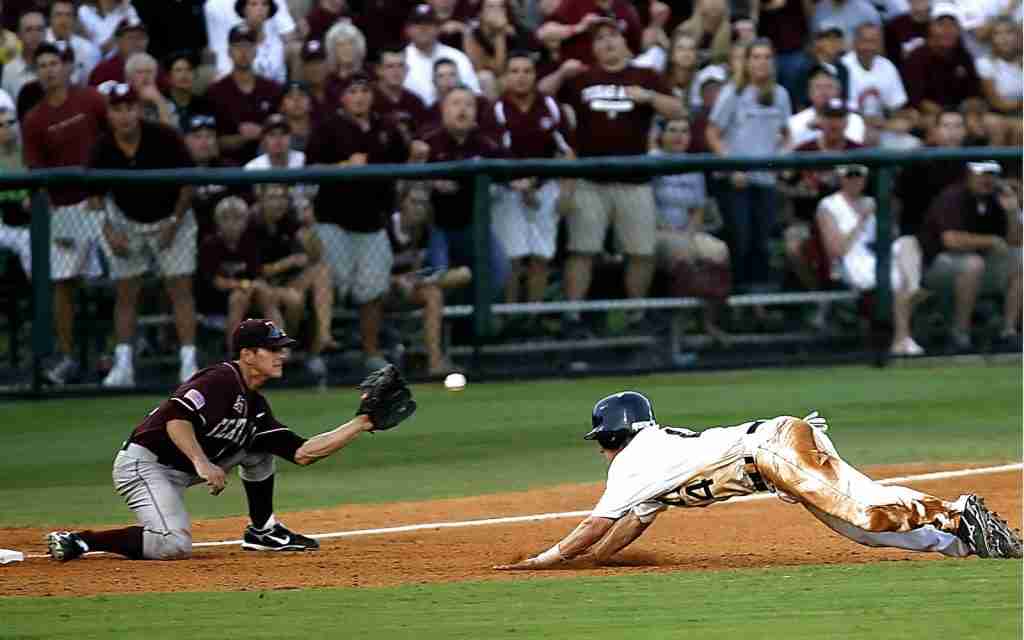
Baseball is Cuba’s national sport and a major part of its cultural identity. The sport was introduced in the 19th century and quickly became popular across the island.
Cuba has produced many talented baseball players, some of whom have excelled internationally.
17. The Bay of Pigs Invasion was a significant event in Cuban history.
The Bay of Pigs Invasion in 1961 was a failed military invasion of Cuba by Cuban exiles supported by the U.S. government. This event significantly impacted U.S.-Cuba relations and was a turning point in the Cold War.
The invasion was a key moment in Cuban history, symbolizing resistance against foreign intervention.
18. Cuban architecture is a mix of Spanish colonial and modernist styles.
Cuban architecture reflects its rich history, with a blend of Spanish colonial, Art Deco, and modernist influences. Havana, in particular, showcases this architectural diversity, from old colonial buildings to 20th-century structures.
These varied styles give Cuban cities their unique character and charm.
19. What does the Cuban flag look like?
The Cuban flag consists of five blue and white stripes with a red equilateral triangle on the left side, containing a white star. The blue stripes represent the three parts of the island, and the white star symbolizes independence.
20. The national flower of Cuba is the White Mariposa.
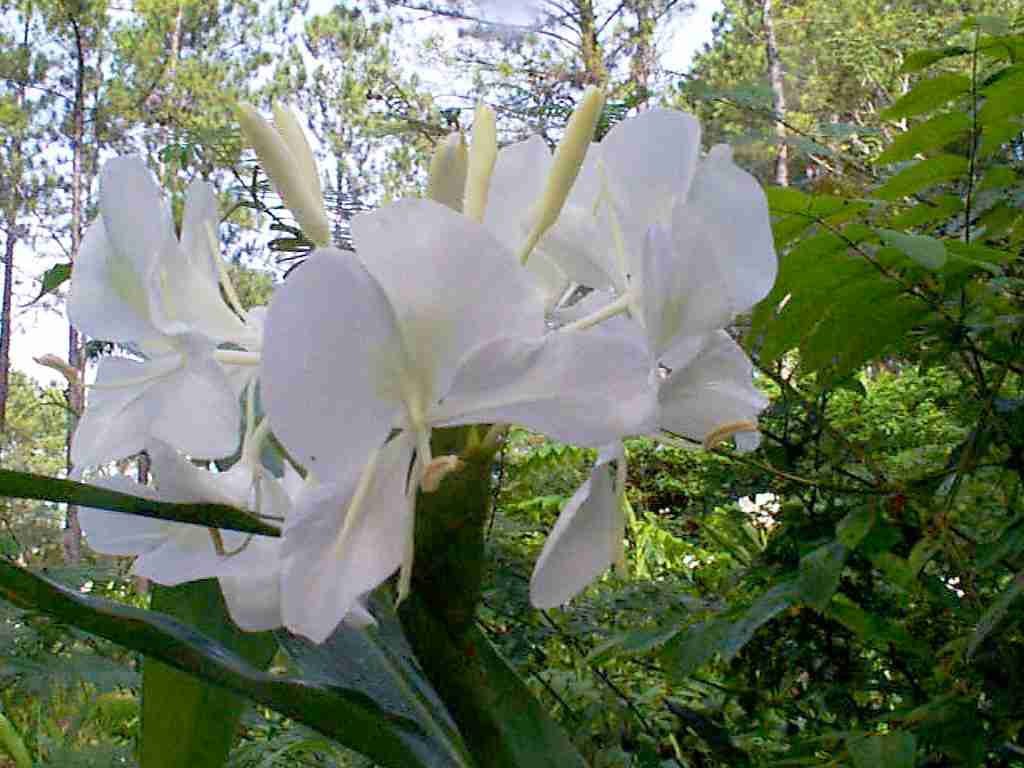
The White Mariposa, also known as the Butterfly Jasmine, is Cuba’s national flower. It symbolizes purity, rebelliousness, and independence, reflecting the country’s spirit.
This flower is deeply embedded in Cuban history and culture.
21. The Cuban Revolution took place from 1953 to 1959.
The Cuban Revolution was a significant event in Cuba’s history, lasting from 1953 to 1959. Led by Fidel Castro, it resulted in the overthrow of Fulgencio Batista’s government.
This revolution dramatically changed Cuba’s political, social, and economic landscape.
22. Cuba is known for its medical internationalism.
Cuba is recognized for its medical internationalism, sending thousands of doctors and medical staff to assist in crises worldwide. This practice has boosted Cuba’s international reputation in healthcare and humanitarian aid.
Cuban medical brigades have played a crucial role in global health emergencies.
23. The Island of Youth is the second largest island in the Cuban archipelago.
The Island of Youth, or Isla de la Juventud, is the second-largest island in the Cuban archipelago. Known for its beautiful beaches and rich history, it was once a pirate hideout and later a penal colony.
Today, it’s a popular spot for diving and exploring Cuba’s natural beauty.
24. The Cuban Cigar is a symbol of luxury and quality worldwide.
Cuban cigars are renowned globally for their quality and craftsmanship. Made from tobacco grown in the Vinales Valley, they are considered some of the best in the world.
The tradition of cigar-making in Cuba is an art form, passed down through generations.
25. Cuban music is a blend of African and Spanish influences.
Cuban music is a rich blend of African and Spanish influences, creating unique rhythms like salsa, rumba, and son. These genres have gained international recognition and are integral to Cuban culture.
The island’s music scene is vibrant, with a history deeply embedded in its cultural roots.
FAQs
Miguel Díaz-Canel is the President of Cuba, serving as both the head of state and head of government.
The capital of Cuba is Havana. Havana is not only the largest city in Cuba but also its political, cultural, and economic center.
Miguel Díaz-Canel is the President of Cuba, succeeding Raúl Castro. He assumed office in April 2018, becoming the first person outside the Castro family to hold the presidency in decades.
The official currency of Cuba is the Cuban Peso (CUP). Additionally, Cuba has a convertible currency called the Cuban Convertible Peso (CUC), which is often used by tourists.
Miguel Díaz-Canel currently holds the position of President of Cuba, leading the country’s government and serving as its chief executive.

